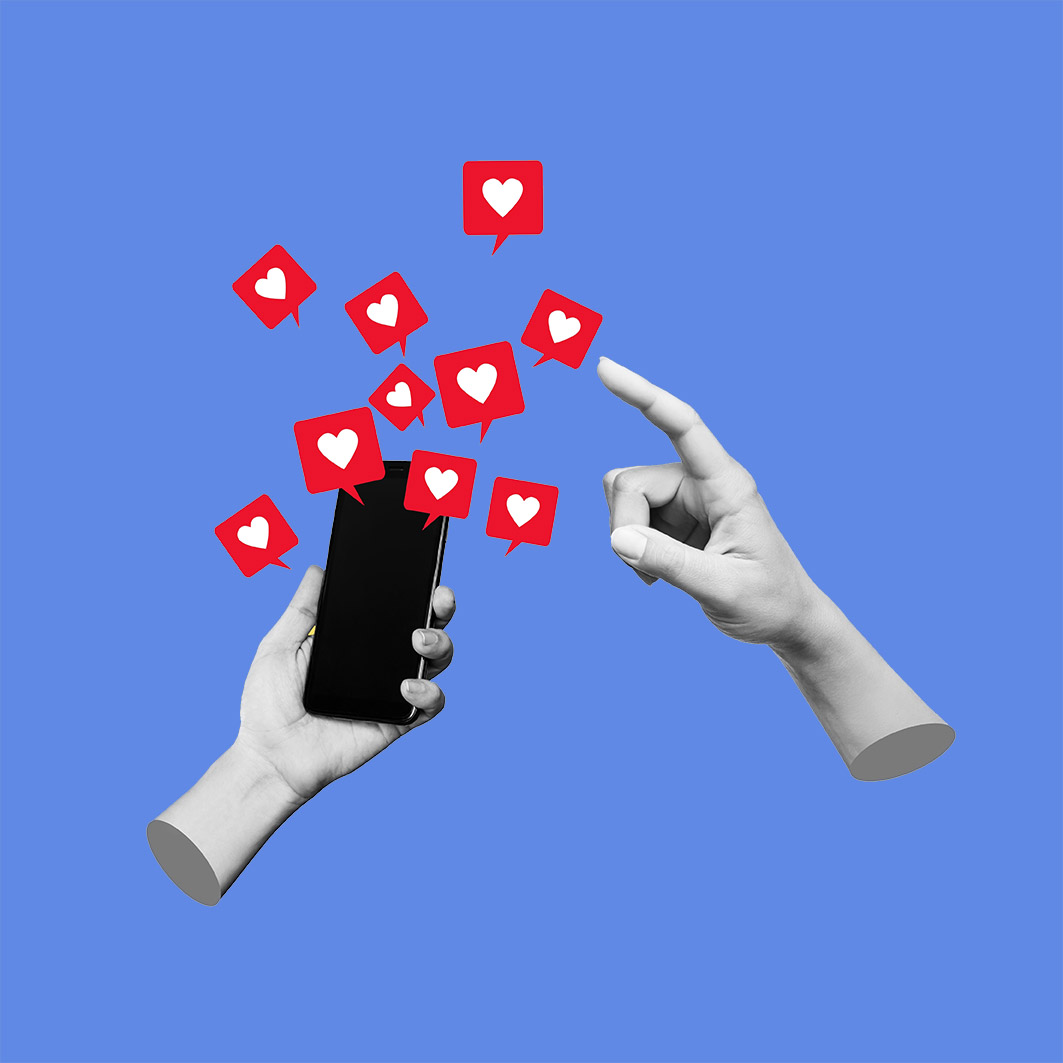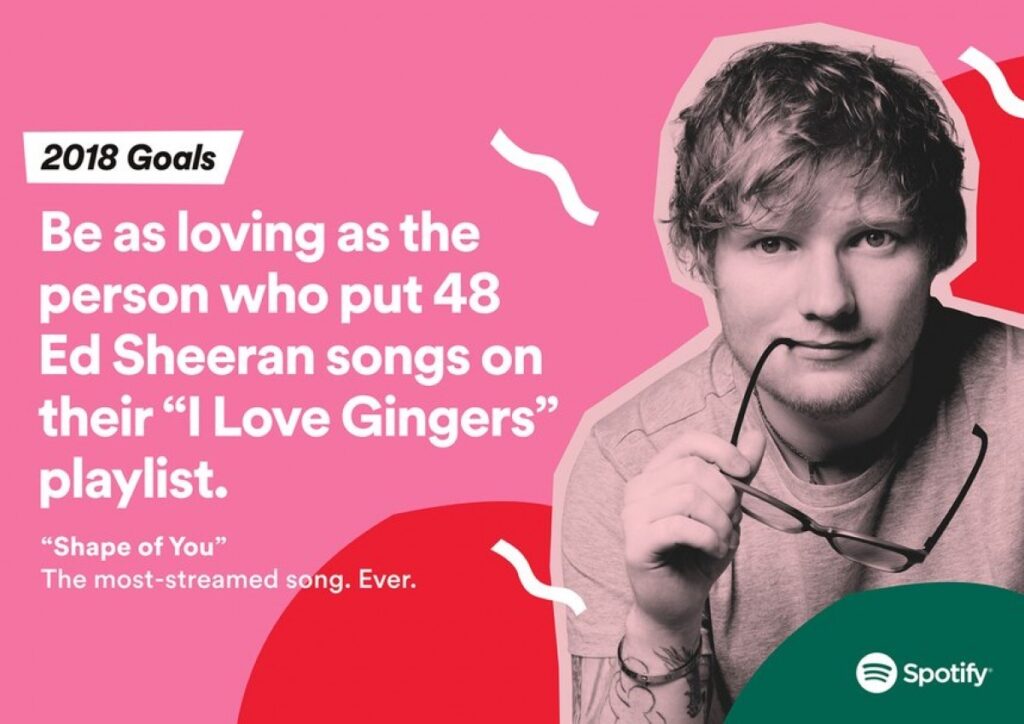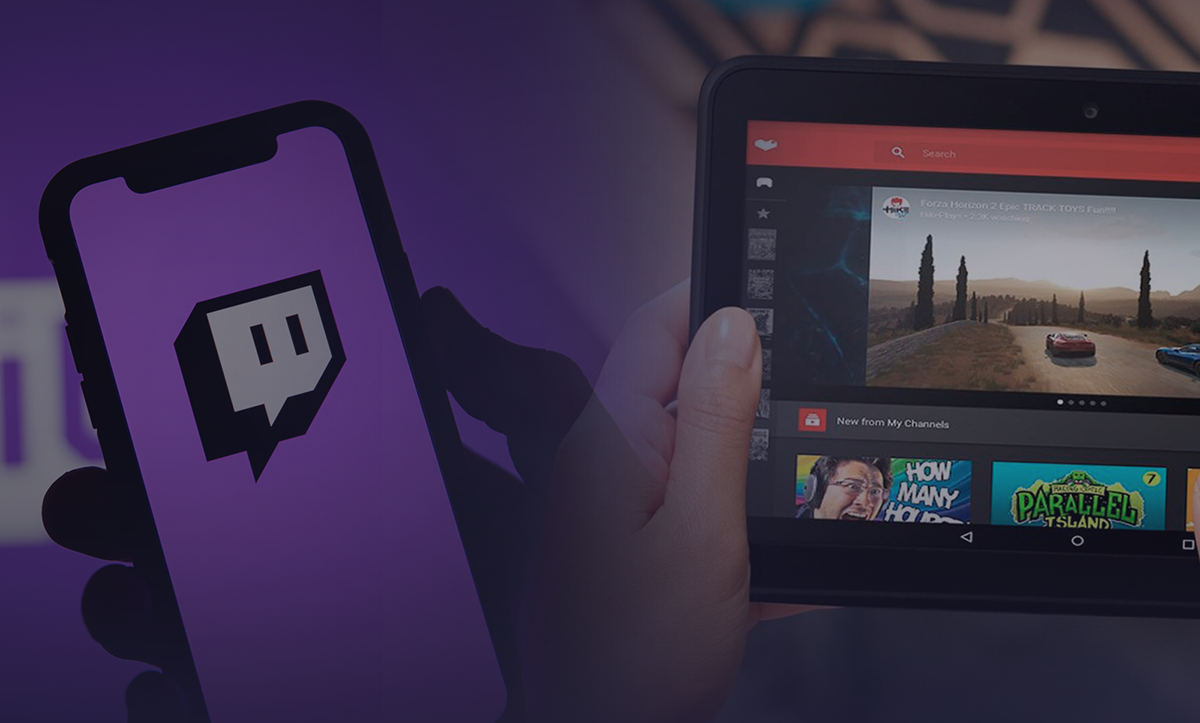
The power of Authenticity: Leveraging Content Creators, Streamers and Messaging for Effective Advertising
Authenticity plays a crucial role in influencer marketing and greatly impacts the effectiveness of advertising campaigns.
When content creators and streamers maintain an authentic approach, it creates a genuine connection with their audience. This connection is built on trust and credibility, which are essential for successful advertising.
But, what do we mean by authenticity?
In this context, it refers to how real and reliable an influencer appears to their audience. Authentic influencers are those who share honest reviews and opinions about the products they endorse and align their brand partnerships with their personal values and interests.
Authenticity allows influencers to showcase their true personality, values, and opinions, making their content more relatable to their followers. By aligning advertising messages with their own beliefs and interests, influencers can integrate brand promotions into their content without appearing forced or insincere.

The power of authenticity
When content creators genuinely believe in the products or services they endorse, their recommendations carry more weight and influence over their audience and hence, followers are more likely to trust and act upon these recommendations, resulting in higher engagement and conversion rates for brands.
In addition to this, authenticity helps in fostering long-term relationships between content creators and their audience. By consistently delivering authentic content, they build a loyal fan base that values their opinions and expertise, which in turn, translates into increased brand loyalty.
The essence of authenticity in influencer marketing cannot be overstated; it is the backbone of trust and loyalty, which are indispensable elements in the relationship between influencers and their followers.
Influencer Marketing: A double-edged sword
When influencers enter into inauthentic partnerships, it can have severe consequences for their relationship with their audience.
Followers are quick to detect when an influencer is promoting a product solely for monetary gain or without genuine belief in its value.
This can lead to a loss of trust and credibility, as followers may perceive the influencer as dishonest or only interested in profiting from endorsements.

PewDiePie
Negative Impact on Brand Reputation
Inauthentic influencer partnerships can also have detrimental effects on the reputation of the brands involved. If followers perceive a brand’s collaboration with an inauthentic influencer, it can call into question the brand’s authenticity and integrity as well. This can result in a tarnished reputation, decreased customer trust, and potential loss of sales.
One of the most infamous examples of influencer marketing gone wrong involves Felix Arvid Ulf Kjellburg, better known as PewDiePie. The YouTuber, who gained fame with his video game commentary, who attracted controversy due to his offensive jokes and comments in his videos. His downfall came in 2017 when he reacted laughingly to an anti-Semitic sign in one of his videos, leading to his firing by Disney-owned Maker Studios.
This incident not only damaged PewDiePie’s reputation but also had a negative impact on the brands associated with him.
James Charles
Potential Legal and Ethical Issues
Inauthentic influencer partnerships can also raise legal and ethical concerns. Failure to disclose sponsored content or misleading endorsements can lead to legal repercussions and damage to both the influencer’s and the brand’s reputation. It is essential for influencers and brands to adhere to disclosure guidelines and ensure transparent communication with their audience.
One example involves James Charles, a popular beauty guru on YouTube. In 2021, Charles was accused of exchanging inappropriate messages with minors online. Following these allegations, his YouTube channel was demonetized, he lost a significant number of followers, and he took a hiatus from social media.
Morphe, a brand that had collaborated with Charles, faced backlash for continuing to sell his products despite the scandal.
FYRE festival
Potential Legal and Ethical Issues
In the streaming world, the FYRE Festival serves as a cautionary tale. Promoted by numerous influencers on Instagram, the festival turned out to be a scam, leaving thousands of visitors stranded without basic living conditions.
The influencers involved faced backlash for their role in promoting the fraudulent event, highlighting the potential legal and ethical issues associated with influencer marketing.
How do we prevent Inauthentic influencer marketing?

#1
Balancing Brand Partnerships and Audience Trust
For content creators and streamers, maintaining authenticity while juggling multiple brand partnerships can be challenging. It requires a tough balance between satisfying the needs of the partnering brands and preserving the trust of their audience.
To achieve this balance, it is essential for both brands and influencers to carefully select their partnerships, ensuring careful planning and strategy. Brands need to identify their goals and budget, align on audience and values, consider follower count, and agree on the details of the partnership and influencers, in turn, must make sure they know and genuinely align to the product they are endorsing.
#2
Strategies to Promote Products Authentically
Understanding your target audience and their preferences is crucial when selecting influencers.
Brands should leverage tools and platforms to research and identify potential influencers who align with their brand values. Assessing influencers’ relevance, engagement rates, and authenticity ensures a strong brand fit.
Promoting brands or products authentically requires careful planning and execution. Here are some strategies that brands should consider and influencers can employ:

Authentic Product Placement
Instead of overtly promoting a product, influencers can incorporate it naturally into their content.
In the realm of influencer marketing, a prime example of authentic product placement can be seen in the collaboration between beauty brand IL Makiage and various influencers on TikTok.
The brand has effectively utilized the platform’s short video format to showcase their products, most notably their skin tone-matching foundation, “Woke Up Like This”.
IL Makiage has partnered with influencers of diverse skin tones who create bite-sized tutorials demonstrating the effectiveness of their products. This “show, don’t tell” approach allows potential customers to see real results in just a matter of seconds, thereby promoting the brand in an organic and engaging manner.
Aligning with Brand Values
Influencers and brands should partner when their values align. This not only makes the promotional content more authentic but also strengthens the influencer’s personal brand. When an influencer’s values match those of the brand they’re promoting, it creates a sense of cohesion and integrity that is appealing to followers.
One successful example of influencer marketing is Adidas, which has been leveraging this strategy to promote their products for years. The brand organizes events like the NBA All-Star “Style Suite” where influencers can connect with the brand on a personal level. These events provide influencers with an authentic experience, making the Adidas brand more approachable.
Building Authentic Relationships with Influencers
Rather than pursuing transactional partnerships, brands should foster genuine connections with influencers.
Approaching influencers with personalized collaboration proposals and establishing meaningful relationships based on shared values and goals can lead to more impactful campaigns.
Creating Genuine Sponsored Content
When creating sponsored content, influencers should strive to make it as genuine and relatable as possible. This can involve sharing personal stories or experiences related to the product, highlighting its features in a creative and engaging manner, or even acknowledging its limitations. The goal is to present the product in a way that resonates with the audience and reflects the influencer’s honest opinion.
Storytelling
Storytelling is a powerful tool that can make campaigns more engaging and impactful. In 2023, consumers are seeking out community-driven content that evokes an emotional response and helps them understand how a product or service could directly benefit them. By incorporating storytelling elements into your campaigns, you can connect with your audience on a deeper level and inspire them to take action.
Defining Campaign Objectives and Key Messages
Defining campaign objectives and key messages ensures a consistent brand narrative.
Involving influencers in the content creation process maintains authenticity and allows for the incorporation of storytelling elements that resonate with the audience
There are a couple of useful strategies brands and influencers can follow
1. Highlighting Challenges
What are the biggest problems and mistakes that your audience comes across on their journey to success. What is standing in their way of being successful?
Take the case of Warby Parker. The eyewear market was a sight for sore eyes in 2018, with its value estimated at a whopping 131.32 billion US dollars, a figure which is expected to only increase over time.
Big name brands like Oakley, Ray-ban and Persol boast impressive company histories, but these large firms have acquired a multitude of smaller competitors and thus created massive conglomerates. Warby Parker came out of nowhere and quickly made a name for themselves by cleverly positioning their brand and their mission: to provide customers with high-quality eyewear at a fair price, challenging the monopoly of the industry giants that had kept prices artificially high for far too long.
2. Show understanding
Never underestimate the power of empathy.
Ogilvy and Mather developed a revolutionary campaign for Dove to directly reach out and interact with their consumers. With this campaign, Dove rebranded themselves as a beauty brand that cares for their consumer’s needs and provides effective, accessible and affordable products for everyday women.
Rather than showcasing the stereotypical beauty of young, tall and blond women, Dove chose to showcase the beauty of each individual woman, encouraging self-confidence and changing the way beauty is perceived. Philippe Harousseau, Dove’s marketing manager, proudly noted the success of the Dove campaign and the shift it brought in society.
3. Support their beliefs and honor their values:
What is it that your audience believes? What do they believe about the industry? How can you show an alignment to their beliefs?
The Nike Equality campaign is a perfect example of this. It aimed to use the power of sport to stand up against prejudice and inequality, taking the fairness and respect seen on the court and extending it into everyday life.
Featuring a variety of North American athletes, such as LeBron James, Serena Williams and Kevin Durant, this movement was voiced by Michael B. Jordan and the soundtrack was provided by Alicia Keys’ rendition of Sam Cooke’s “A Change Is Gonna Come”—the first time the famed civil rights song has been used in advertising.
The creative vision behind this powerful project was directed by Melina Matsoukas, a world-renowned director, and shot in anamorphic black and white film to emphasize the concept.
Through an ambitious task of using cars, paint-spraying systems and a team of precision drivers, they created a playing-field on a Los Angeles bridge, as well as a snow-covered football field in the hot L.A. weather. At the heart of this mission is a simple premise: “The ball should bounce the same for everyone.”
In 2017, the initiative’s inaugural year, Nike donated $5 million to organizations that promote equality in communities throughout the U.S., which shows us that sport can indeed be a platform for positive change
4. Wrap facts in context
Using data and deliver it in a way that speaks to the audience.
One image speaks a thousand words:

5. Turn up emotions!
What does your audience fear? What do they desire? Turn up the volume!
The volume was indeed turned on in this powerful video from Coca-Cola. The message of family unity is delivered loud and clear in this Coca-Cola commercial.
It shows us that when the going gets tough, family will always be there to pick you up. No matter what, when you need them most, you can count on your siblings, parents or relatives.
And the same can be said for Coke; they want to be there for you too, like an extended family. The message Coca-Cola intends to deliver is that the drink goes beyond just another soda on the shelf – they want to be a bridge between family members, to help bring people together.
6. Celebrate success
Your audience wants an outcome. What is the outcome they want? What impact will it make on their lives? Focus on the outcome they want to achieve. If you have 3 minutes to get inspired, we highly recommend this commercial video ‘Always Like a Girl’:
In 2014, Always started an inspiring and courageous endeavor to ensure that girls everywhere stay confident and resilient despite the social constraints they face during and after puberty. Since then, the #LikeAGirl hashtag has grown from a casual phrase to a worldwide, inspirational campaign.
7. User-Generated Content
Incentivize existing customers into posting user-generated content.
The endless possibilities of LEGO® bricks come to life in this playful film, depicting how they can be used to overcome any barrier and reunite old friends. One imaginative visual sees a hippo given LEGO wings to join the birds in the sky, while another features a pig who gains a height boost with a few strategically placed bricks in order to look eye to eye with a giraffe.
Such creative problem solving is at the heart of the LEGO® System in Play; allowing children to build anything their imagination allows, trial it, work out how to improve it and rebuild it. This process helps to develop life-long skills such as creative problem solving, communication and resilience – essential traits that many parents want their children to possess for future success.
LEGO’s digital platform has enabled levels of organic user-generated content other brands can only dream of. This includes LEGO Life: an interactive social networking app for young ones to share and comment on creations, and LEGO Ideas: a platform for adults to propose new set ideas for official development. This continuous, collaborative creative process is inspiring to anyone in the marketing world.

#3
Choosing the Right Platform for Your Campaign
Choosing the right social media platform for your influencer campaign can significantly impact its success.
Each social media platform caters to a different demographic and has unique features that can be leveraged for your campaign. For example, Instagram is ideal for visual content like photos and short videos, YouTube is perfect for longer, more detailed product reviews or tutorials and Twitch for live, streaming content.
#4
Optimizing Content for Each Platform
Each social media platform has its own set of best practices for content creation.
For instance, Instagram posts with a high-quality image, a compelling caption, and relevant hashtags tend to perform well, YouTube videos need to be engaging, informative, and optimized with relevant keywords for SEO and Twitch needs to feed interactive content and having an influencer that can really connect with an audience at a conversational level.
Therefore, it’s essential to understand each platform’s algorithms and optimize your content accordingly.


#5
Complying with FTC Guidelines
Brands and influencers must also comply with the guidelines set by the Federal Trade Commission (FTC).
These guidelines require influencers to disclose their relationships with brands in a clear and inconspicuous manner.
Failure to comply with these guidelines can result in penalties and damage to both the brand’s and influencer’s reputation.
In summary
We can say that nowadays, consumers are looking for genuine and honest connections with brands. With influencer marketing and content creators at the forefront of this, authenticity is the key to developing trust and loyalty between brands and their online audiences.
Content creators have a responsibility to be authentic and transparent in their communications and engagement with their followers. Whether that is being relatable, consistent, passionate, or gaining the audience’s trust, there are many methods to achieving authenticity and, on the other side, brands must do a thorough work of searching, planning and picking influencers that are aligned with their values.
So, If you’re looking to launch an effective influencer marketing and to carry out your campaign authentically then take a look at some of our top-notch work.
The New Frontier in Global Brand Advertising
The content creator’s ability to deliver superior content, aligned with their audience’s interests, presents brands with cost-effective alternatives to traditional advertising methods.
Discover Exciting Streaming Platforms like Twitch
Looking for alternatives that offer different features and monetization options? In this article, we’ll take a closer look at some of the best Twitch alternatives out there, and what they have to offer.
The future of Creator Economy
Goldman Sachs Research expects the boom of the “creator economy” to explode even further, as individual creators with online followers are becoming a major force in the digital landscape.